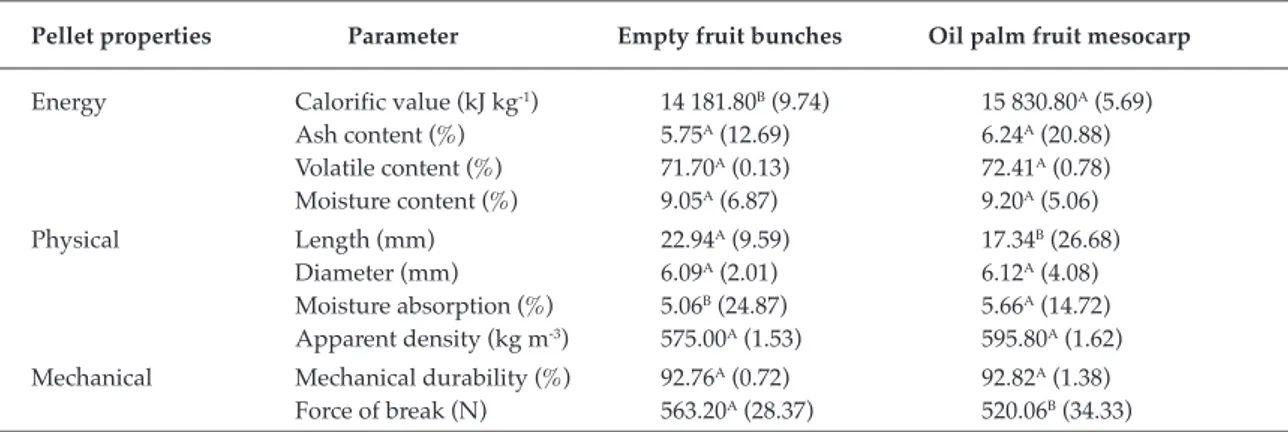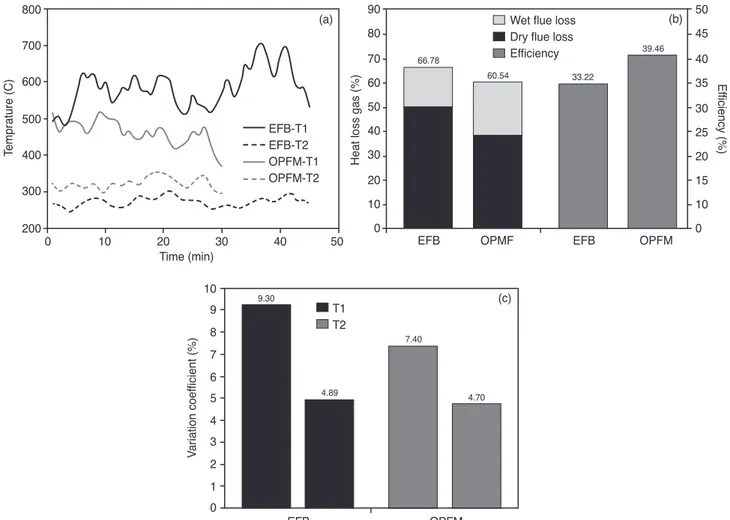Characterisation of pellets made from oil palm residues in Costa Rica
Texto completo
Figure




Documento similar
Combined effects of water stress and fruit thinning on fruit and vegetative growth of a very early-maturing peach cultivar: assessment by means of a fruit tree model,
ABSTRACT: The behavior of the Avrami plot during TAG crys- tallization was studied by DSC and rheological measurements in oil blends of palm stearin (26 and 80%) in sesame oil,
The third part was devoted to the analysis of volatile and semi-volatile compounds in several fruit-derived products, namely fruit fibres deriving from the juice
After compound 1 was shaped into pellets and membranes, the stability of these processed materials was examined against possible operating industrial conditions such as moisture
Effect of cactus seed oil, olive oil, or colza oil treatment on gene expression of the proin- flammatory markers Il-1β (A,D), iNos (B,E), and Il-6 (C,F), in the brain and
The results of this study revealed that oil palm plantations developed on land cover from secondary forest or shrubs had an impact on the number of species and the diversity
Vibration analysis of the time and frequency domains of the fruit detachment process could contribute to improving the design and management of this machinery, in
This study evaluates the impact of Frequency of Contact with Nature (FCN) on children’s Environmental Attitudes (EA) and Ecological Behaviors (EB) considering three different
